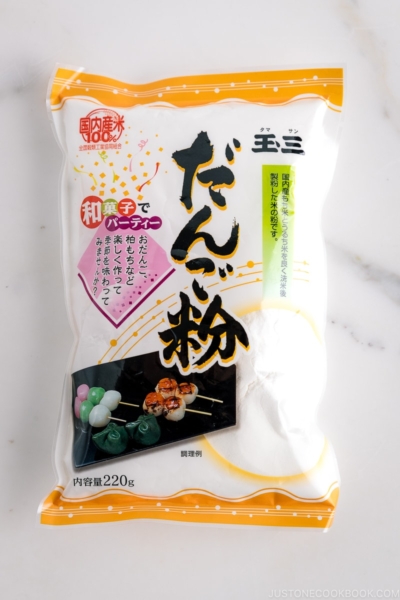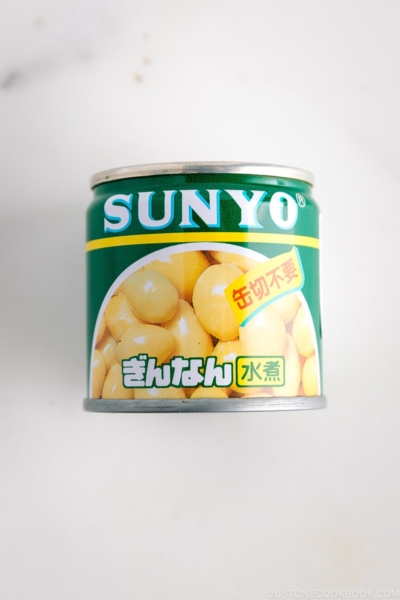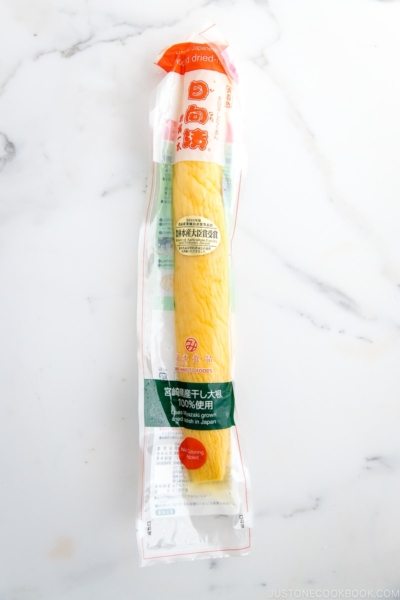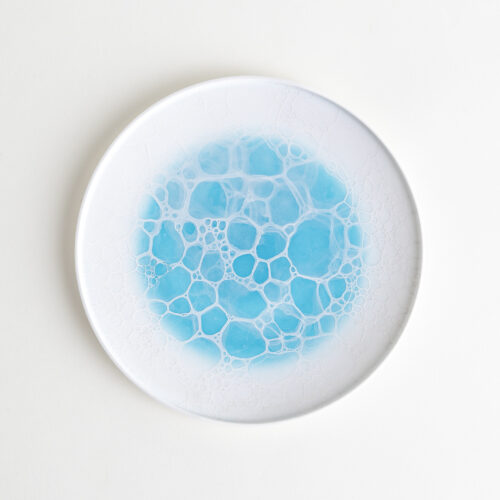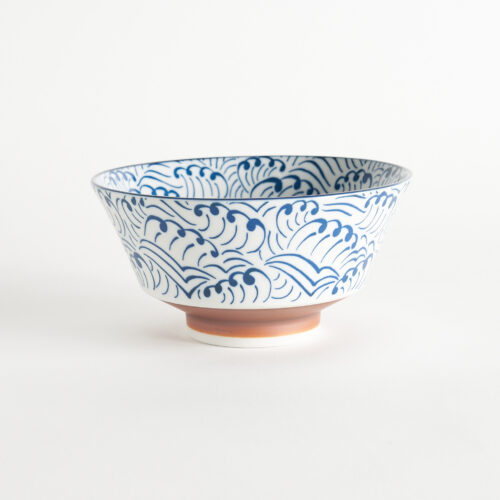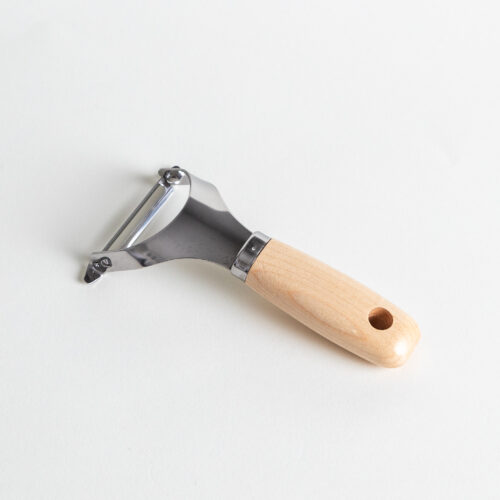Kinako, literally “yellow flour,” is roasted soybean flour. Nutty and tasting similar to roasted peanuts, the Japanese use it sweetened in various traditional and modern desserts.
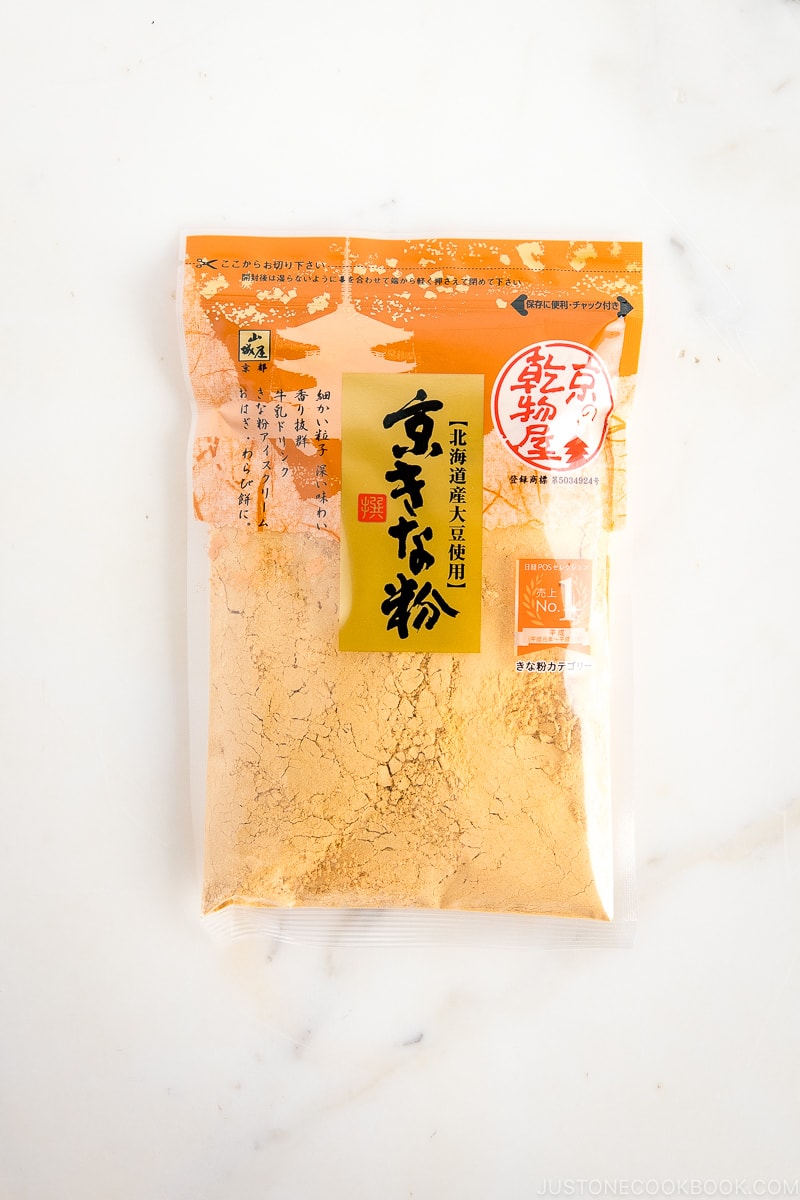
Kinako (きな粉, 黄粉) is roasted soybean flour. It is made by finely grinding roasted soybeans into a fine powder. The Japanese use it in various Wagashi and sprinkle it over mochi rice cakes.
Table of Contents
What Is Kinako?
Kinako powder is a roasted soybean flour widely used in Japanese cuisine. It is used in various Japanese dishes, both sweet and savory. The nutty yellow powder is sprinkled over traditional Japanese sweets, such as Daifuku, Warabi Mochi, Dango, and Ohagi. Depending on the brand, the skin of the soybean may or may not be removed in the manufacturing process.
You can also find kinako made from black soybeans (黒豆きなこ), which tends to be slightly more expensive but has more nutrients than regular kinako.
What Does It Taste Like?
It tastes nutty without the bean-y taste and smell of soybeans. Some say it’s similar to roasted peanuts. It’s slightly sweet and is mixed with sugar when used in wagashi.
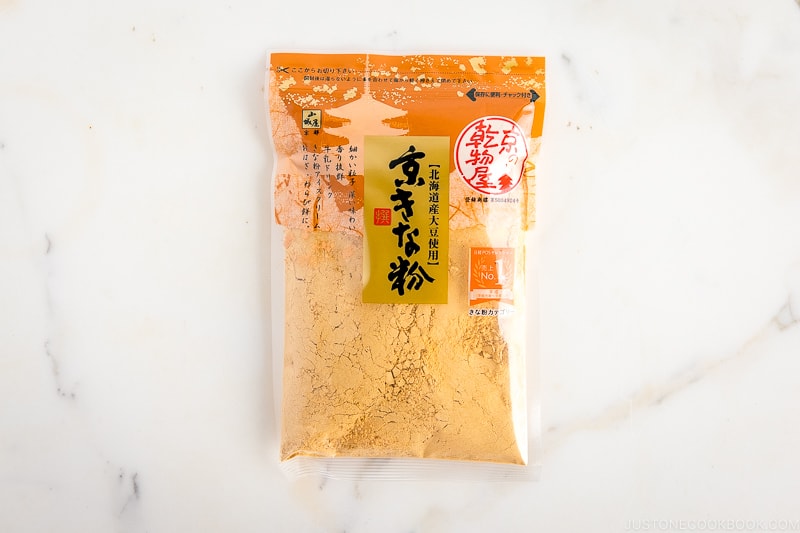
How To Use
The powder contains only roasted soybean flour and it’s not flavored or has additives, you can use it in various sweet or savory applications. You could add a few spoonfuls to your morning yogurt bowls, oatmeal, lattes, smoothies, or milkshakes for a protein boost.
You can also make homemade kinako. Roast dried soybeans in an oven, then grind them up in a food processor or coffee mill.
Recipes Using Kinako (Roasted Soybean Flour)
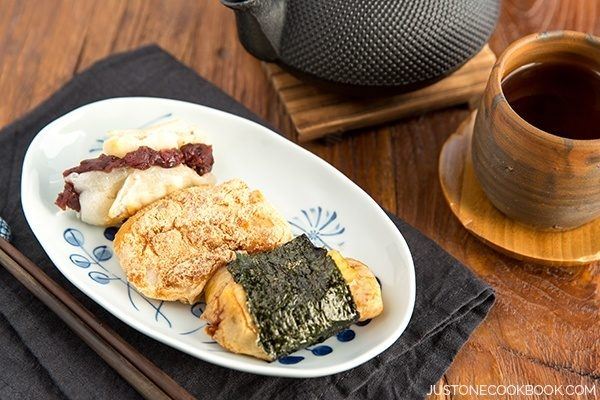
Where To Buy
You can find it in the dried food aisle of Asian and Japanese grocery stores.
Health Benefits
As a soybean product, it has all the health benefits of soybeans. Here are just some of the many benefits it provides:
- High in Protein: Kinako is an excellent source of plant-based protein. Protein is essential for muscle maintenance, repair, and overall bodily functions.
- Dietary Fiber: It contains dietary fiber, which promotes digestive health, helps regulate blood sugar levels, and aids in maintaining a feeling of fullness.
- Nutrient Dense: Kinako contains B vitamins, particularly folate, and minerals such as calcium, iron, and magnesium. These nutrients are vital for overall health, bone strength, and energy production.
- Heart Health: The presence of soy isoflavones may contribute to heart health by helping to lower LDL (bad) cholesterol levels and reduce the risk of heart disease.
- Gluten-Free: Kinako is naturally gluten-free
- Low Glycemic Index: It has a low glycemic index, which means it has a relatively minor impact on blood sugar levels.
- Bone Health: Kinako contains calcium and magnesium, essential for maintaining strong and healthy bones.
- Antioxidants: Antioxidants in soybeans can help protect cells from oxidative damage and reduce the risk of chronic diseases.
Wish to learn more about Japanese cooking? Sign up for our free newsletter to receive cooking tips & recipe updates! And stay in touch with me on Facebook, Pinterest, YouTube, and Instagram.
